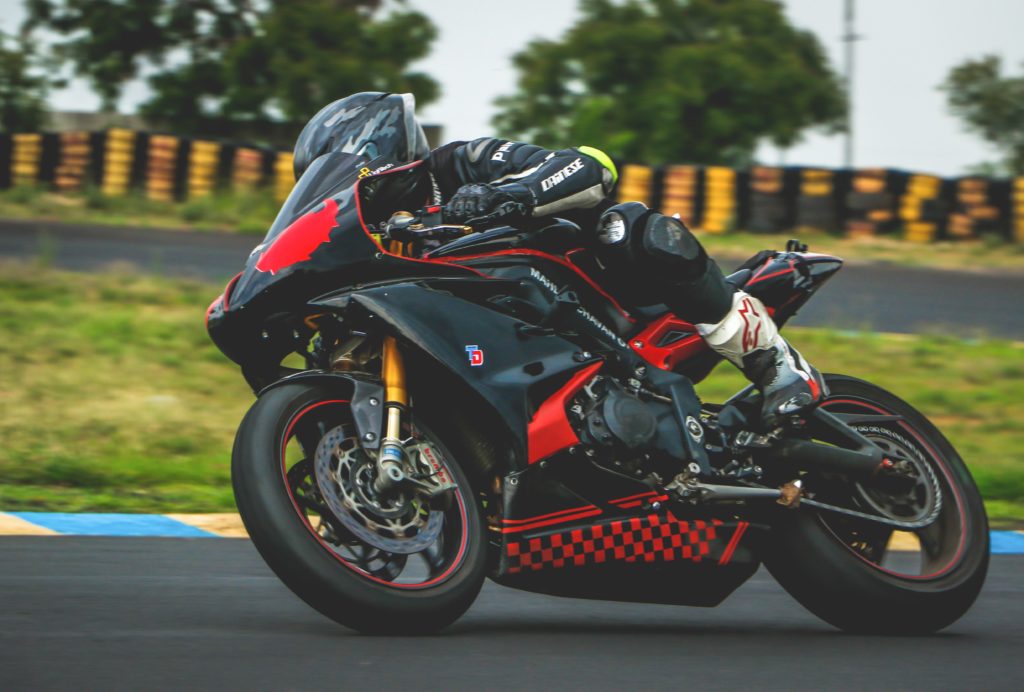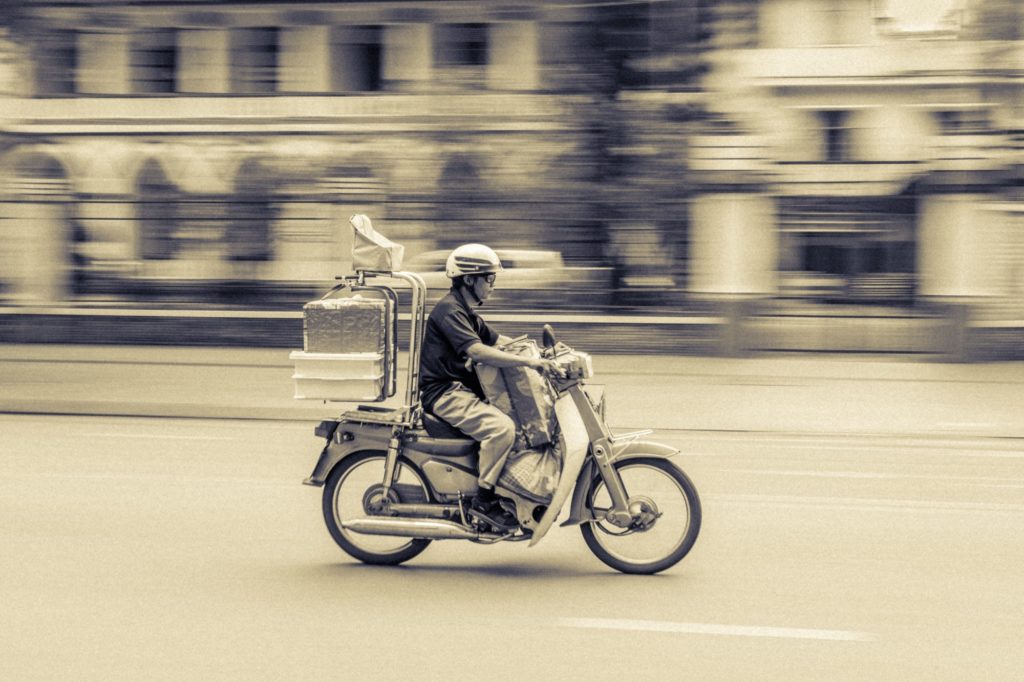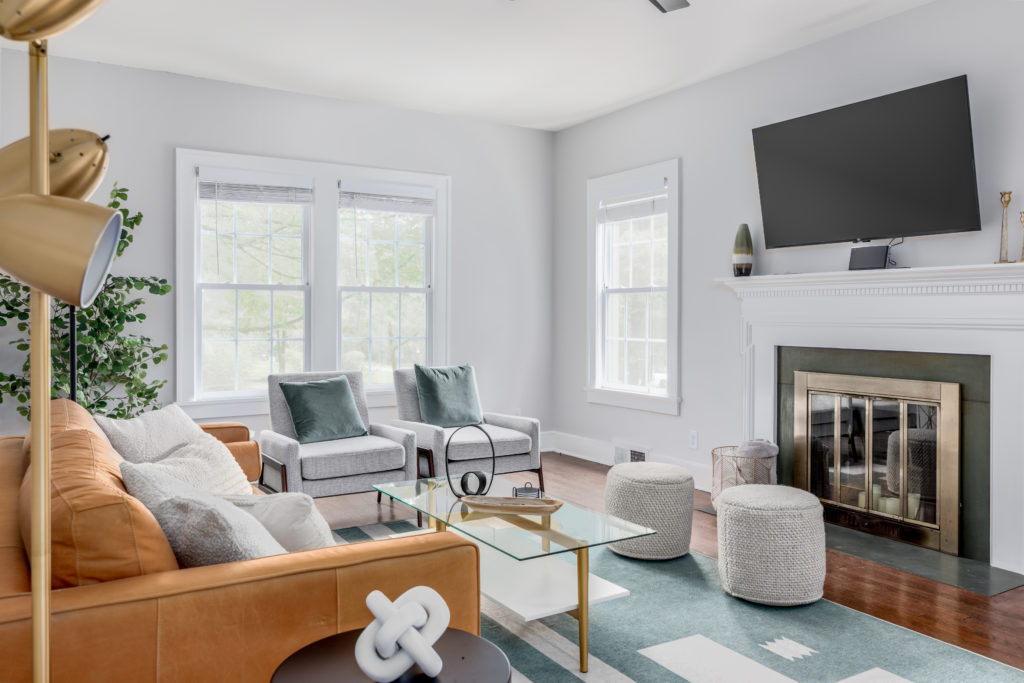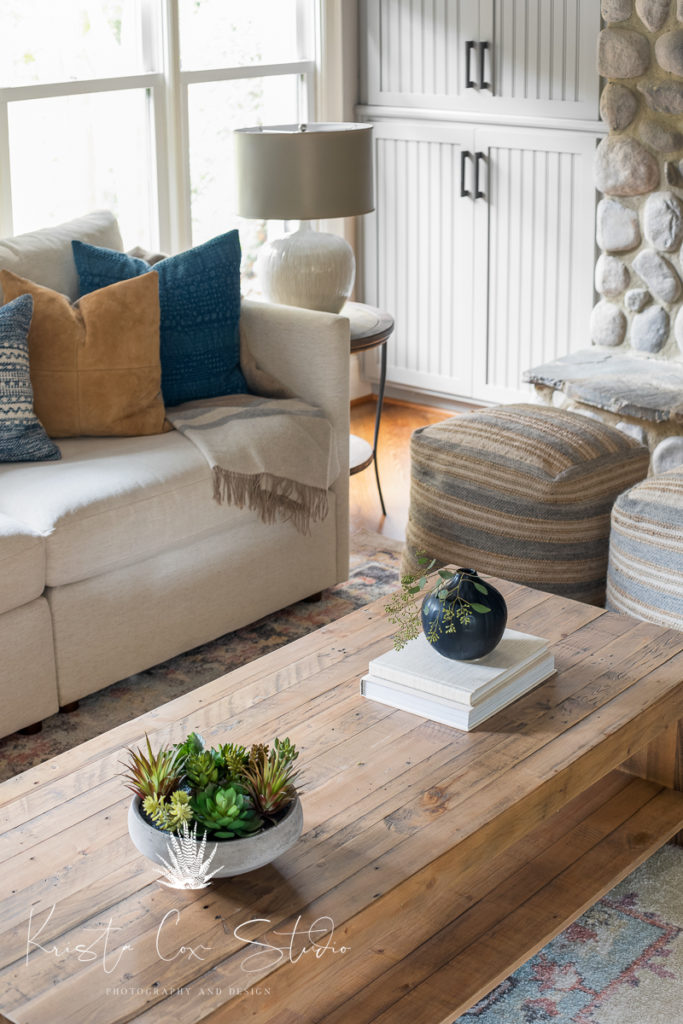
Interior Photography in Charlotte, NC
I was recently commissioned by Jennifer Morrell with An Inspiring Home to photograph her latest interior design project down in Waxhaw, NC (just out of
FILED UNDER
POSTED ON
We’ve had a lot of interest from everyone on the topic of freeing yourself from that camera auto setting. So we are creating what I like to call a “super-mini series” on the three basic settings involved in creating a great photograph.
For this first installment of our super-mini series, I want to touch briefly on shutter speed. Now if you pick up your camera and snap a picture, you’ll hear a clicking or sliding noise as you press the shutter button. The moving piece that closes upon snapping a picture is called the shutter (mind blowing, I know). The shutter can close at different speeds, which is where we get the term “shutter speed”. This particular setting determines if a moving object will be frozen perfectly in the moment or if the object will be blurry due to it’s motion.
What you need to know about shutter speed is this: The higher the shutter speed denominator, the faster the shutter will close. For example, a shutter speed of 1/500 (that’s 1/500th of a second) is faster than 1/100. The quicker the shutter closes, the less time the sensor is exposed to light meaning less blur. Consequently that also means less light is coming into the camera so the image will be darker, but that’s a conversation for a not so super-mini series.
Apply this in a situation where someone is walking vs. riding a bike. You could probably get away with a shutter speed of 1/250 to freeze someone walking. But to get the same frozen effect with the bike, you may need a shutter speed of 1/500 or more. The fun happens when you can decide to freeze an object completely or let it blur to have the feeling of movement.


Find that option on the setting dial that says “Tv” or “S”. Tv stands for “time value” AKA the amount of time the shutter is open, and the S stands for “shutter”. Your camera manufacturer will determine if you have a Tv or an S. Leave the camera on that setting until you’ve become a motion pro. Trust me this is what you’ll want to master first! Now go out, have some fun, and create beautiful images.
Once you’ve mastered motion with your camera, be sure to check out the second installment of the series. It’s all about aperture! PS. Comment below and share some of your beautiful blurry (or not) pictures below! I want to see them!!!
Share this post
meet krista
I’m a Jesus loving mom of two with an eye for beautiful things. When I was a kid, I always wanted to grow up to “make things” and that’s exactly what I did.
I started out as an interior designer with a side passion for
photography. Over time, I began to find more and more joy from my work behind the camera. Once I made the jump full time, there was no turning
back.
search the site
featured posts
post categories

I was recently commissioned by Jennifer Morrell with An Inspiring Home to photograph her latest interior design project down in Waxhaw, NC (just out of

I am beyond excited to start seeing new architectural styles reaching my area, especially when I get to photograph them! Here we have a stunning

The Farriss House Airbnb in High Point, NC is a gorgeous mid-century modern getaway. I had so much fun with this photoshoot!

Located in the beautiful Waxhaw, NC (Southern end of Charlotte) this space designed by Jennifer Morrell with An Inspiring Home is utterly breath taking. As
stagnate photos linked to instagram

Never miss a thing!
Enter your email below to be the first to know about sales, new products and tips for taking care of your pieces.
© 2024 KRISTA COX STUDIO | ALL RIGHTS RESERVED